Exhibitions
2024
“Arboretum at SCAD” - Savannah, Georgia, USA “Arboretum – Ebb & Flow” - Nature Morte, Mumbai2023
“Prussian Blue – Aftermath” - KNMA, Noida “Arboretum” - Nature Morte, Dhanmill, New Delhi2022
“Kochi-Muziris Biennale” - Kochi, Kerala “Pop South Asia” - Sharjah, United Arab Emirates “The Game Play – Weeping Farm + NetZero 2030” - New Delhi “Bread Winner @ 5th Biennial Contemporary Art” - Mardin, Turkey2021
“Verbal Kabaddi VII” – Waltham Forest Council - Waltham Forest Council “Conjecture” - Nature Morte, New Delhi “Farmer is a Wrestler, Lexicon of Distress” - Art at a Time Like This2020
“Kisan Mukti March” - After Hope, Asian Art Museum “Alchemist(s)” - Pearl Lam Galleries, Hong Kong “How to reappear: Through the quivering leaves of independent publishing” - MMAG Foundation for Art & Culture, Jordan
“How to Maneuver: Shape-shifting texts and other publishing tactics” - Warehouse421, Abu Dhabi “The Sundry Effect” - Bikaner House, New Delhi2019
“Bread, Circuses and I” - Nature Morte, New Delhi “Table Manners” - Palace of Independence, Astana, Kazakhstan “Lullament²” - Ludwigsburg Kunstverein, Germany “Match Fixed/ Fixed Match” - Le Tripostal, Lille, France “Double Bounce” - Pearl Lam Galleries, Singapore “Bread, Circuses & TBD” - Yorkshire Sculpture Park, United Kingdom “Farmer is a Wrestler” - Punjab Lalit Kala Akademi, Chandigarh “Lullaments” - Stir Gallery, New Delhi2018
“Collection Bureau” - IAF, New Delhi “Breaking Ground” - India Ceramics Triennale, Jawahar Kala Jendra, Jaipur “Somnium Seminibus II” - DIP Contemporary Art, Switzerland “Escape: ‘A playground of ephemerality’-Vision Exchange” - Art Gallery of Alberta, Canada “The Sculpture Park” - at Madhavendra Palace, Nahargarh Fort, Jaipur - Nature Morte2017
“Set Point_Laughing in the Vernacular” NGMA - Sakshi Gallery – Mumbai “Play, Pray” - Bikaner House, New Delhi “Bread, Circuses & You” - Art Fair, Dubai “Bread, Circuses & Wifi” - Pearl Lam Gallery, Hong Kong2016
“Walk of Life” - Level 01 - Khoj International Artists Association, Delhi
(Water) - Climate Control, The Manchester Museum, Manchester
Fed @ KCAD Galleries, Michigan “Memoir Bar” - Chatterjee & Lal, Mumbai
ABWAB - The Emotional Pavilion - Dubai Design Week, Dubai
FICA/IAF, New Delhi2015
“Walk of Life” - Of Games Residencies III - Khoj International Artists Association,
New Delhi “Games People Play” - Bhau Daji Lad Museum, Mumbai “Q : The Lighthouse” - Nature Morte, New Delhi2014
“Sparsha” - Touching the Senses, Ritual and Contemporary Indian Art”- Kunstmuseum,
Bochum2013
“Longing for Tomorrow II” - Meissen Porcelain, Residence of the German Ambassador to India, New Delhi “Q” - Famous Studios, Nature Morte, Mumbai “Windows of Opportunity” - Art Plural, Singapore2012
“Longing for Tomorrow” - Nature Morte, Berlin
“Nosturistic” - Hilger Contemporary, Vienna “Escape” - India Today Arken Museum of Modern Art, Denmark2011
“The Beautiful Game” - Thukral & Tagra Foundation - Project Booth, Art Summit,
New Delhi “Put It On, Again!” - Nature Morte, New Delhi “Escaped!… While I Was Cooking?” – Samtidigt (Concurrent) - Helsinki Art Museum, Finland
“Maximum India” - Kennedy Center, Washington DC “Indian Highway IV” - Lyon Museum of Contemporary Art, France “Paris Delhi Bombay” - Centre Georges Pompidou, Paris “Indian Highway” - Maxxi Museum, Rome “Future Pass” - Venice Biennale and Wereld Museum, Rotterdam “Science Mystery Magic” - BTAP Gallery and Tokyo Art Fair, Tokyo “Asianart: Sustain” - Nature Morte, Berlin “The Matter Within” - Yerba Buena Center for the Arts, San Francisco “German Return” - Nature Morte, Gurgaon2010
“Bosedk Project” - Richmond Art Gallery, Vancouver “Low-Tech Family Vacations” - Singapore Tyler Print Institute, Singapore “Middle Class Dreams” - Arario Gallery, Seoul “Escaped!… While I Was Cooking?” – Samdigit - Gallery 5, Kulturhuset, Stockholm “Match Fixed/Fixed Match” - Ullens Center for Contemporary Art, Beijing “Inside India” - Palazzo Saluzzo di Paesana, Turin “Urban Manners 2” - SESC Pompie, Sao Paulo “PEHNO – Put it On” - Khoj-in-Context- Public Art.Ecology, New Delhi “Khoj-in-Context” - Public Art.Ecology, New Delhi2009
“Hi! I am INDIA” - Escape for the Dream Land - Asia Pacific Triennial of Contemporary Arts 06, Queensland Art Gallery, Brisbane “Escape for the Dream Land” - Asia Pacific Triennial of Contemporary Arts 06, Queensland Art Gallery, Brisbane “Chalo! India: A New Era of Indian Art” - National Museum of Contemporary Art, Seoul; Essl Museum, Vienna “Thukral & Tagra, 315 Sector 23, Opp Bosedk Mall” - Gallery Barry Keldoulis, Sydney “Nouveau Riche” - Nature Morte, Berlin2008
“Imaginery Realities” - Max Wigram Gallery, London “Make Art Stop AIDS” - UCLA Fowler Museum, Los Angeles “Chalo! India: A New Era of Indian Art” - Mori Art Museum, Tokyo “The Audience & the Eavesdropper” - Phillips de Pury, London and New York “Somnium Genero Cafe” - Tokyo Art Fair, Tokyo “Somnium Genero 02” - Gallery Barry Keldoulis, Sydney “New Improved Bosedk” - Chatterjee and Lal, Mumbai2007
“PINK” - Galerie Mirchandani + Steinruecke, Mumbai “New Delhi New Wave” - Marella Gallery, Milan “Animamix Biennial” - The Museum of Contemporary Art, Shanghai “Everyday Bosedk” - Nature Morte, New Delhi “Put it On” - Bose Pacia, New York “Adolescere-Domus” - Art Statements, Art Basel 38, Nature2006
“Global Edit 06” - Armani Casa, Wallpaper Magazine, Milan “Vector Classics” - Alliance Francaise, New Delhi “Vector Classics” - Jehangir Nicholson Gallery, NCPA, Mumbai2005
“Art which is around and behind” - Nature Morte, New Delhi
“Iconography” - Nature Morte, New Delhi2004
“Visual Dialogue” - Hype Gallery, London

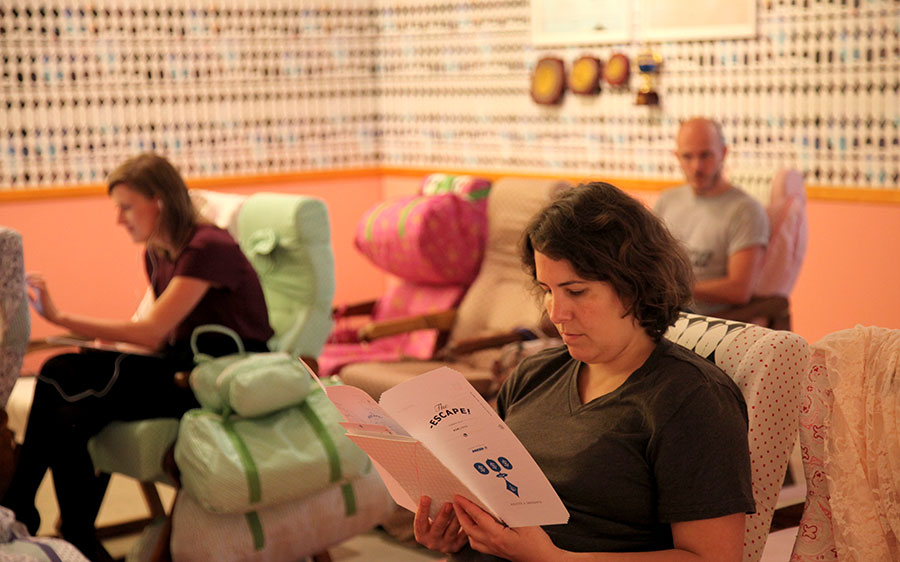
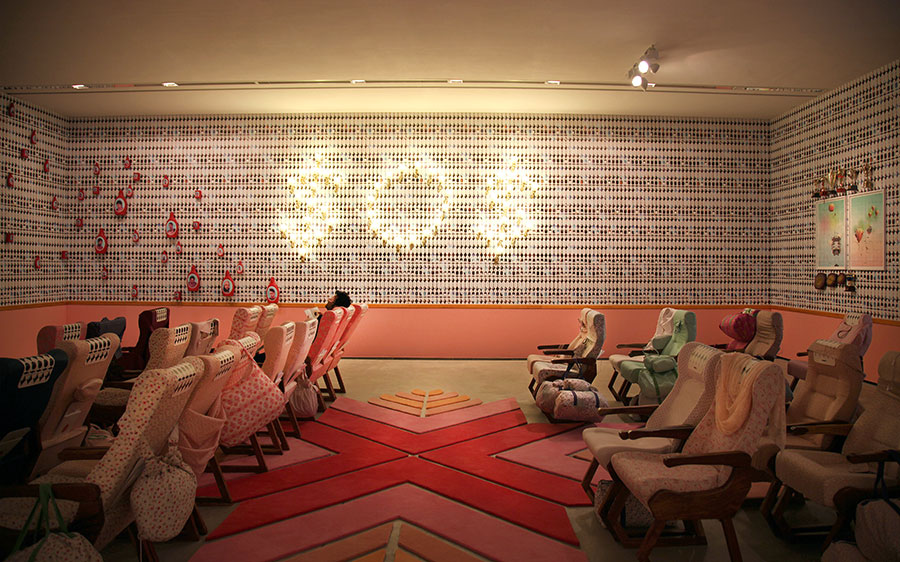
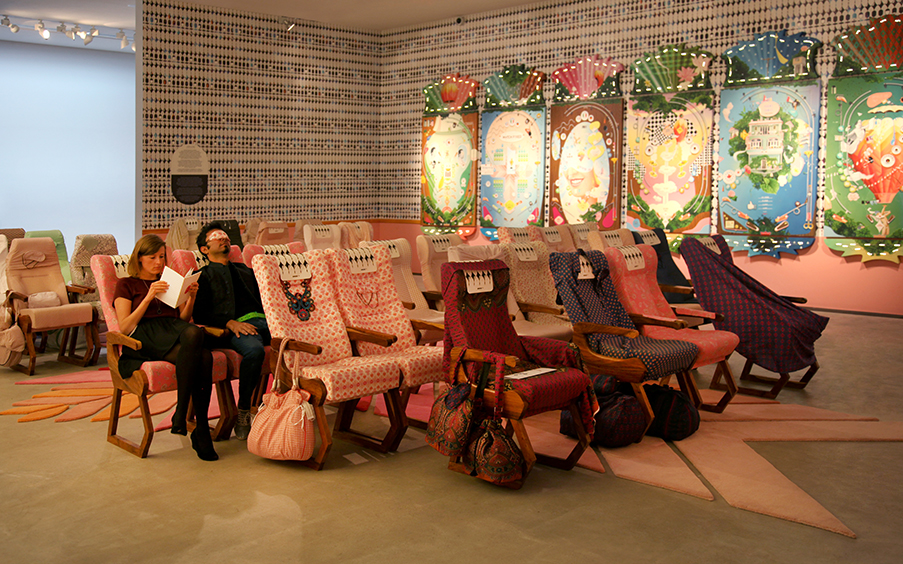
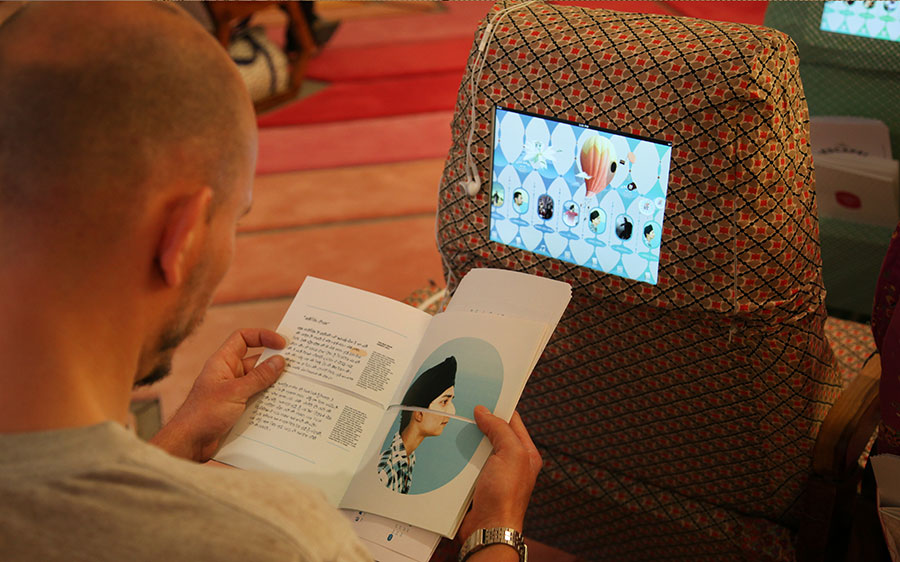
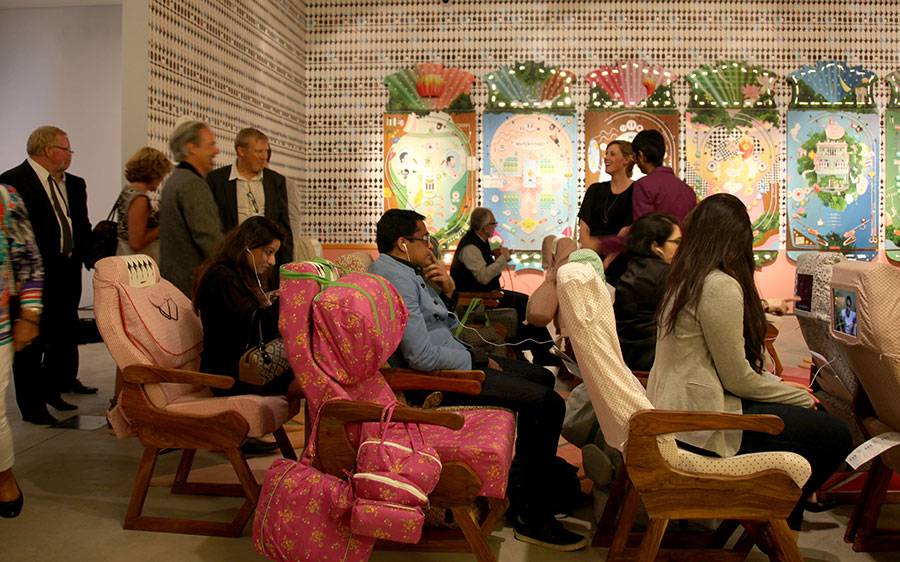


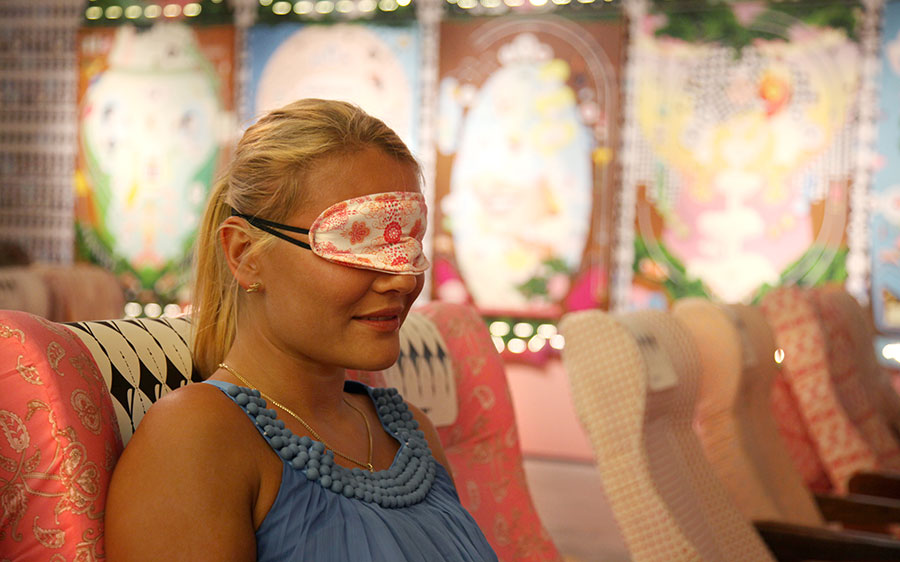
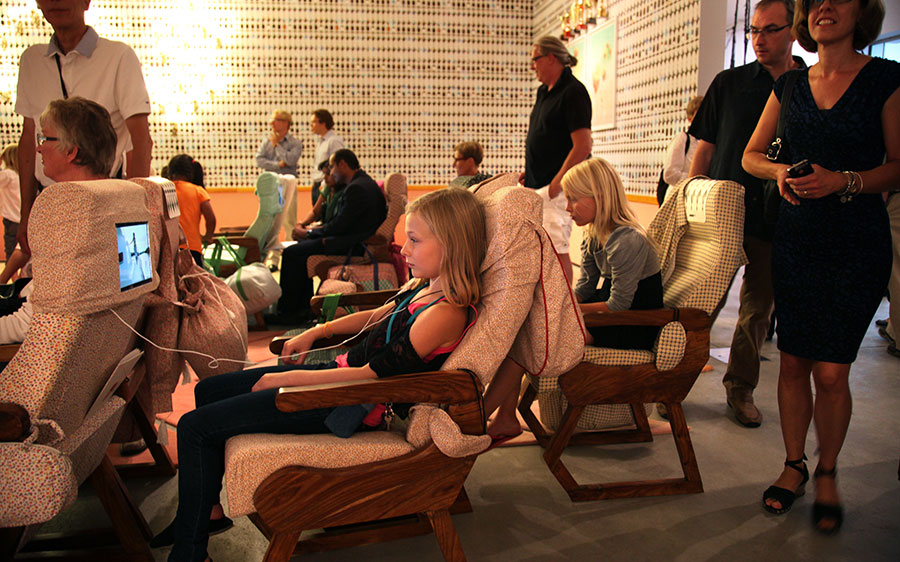
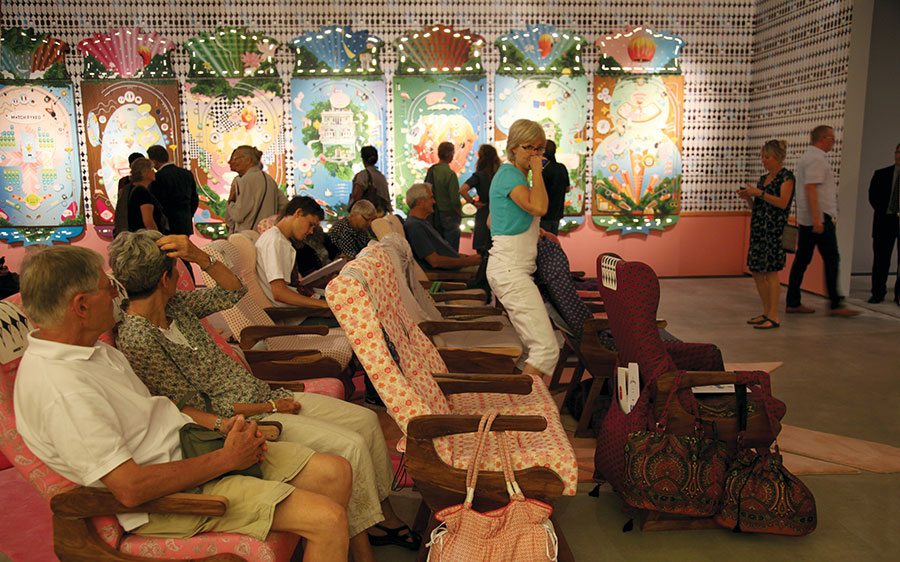
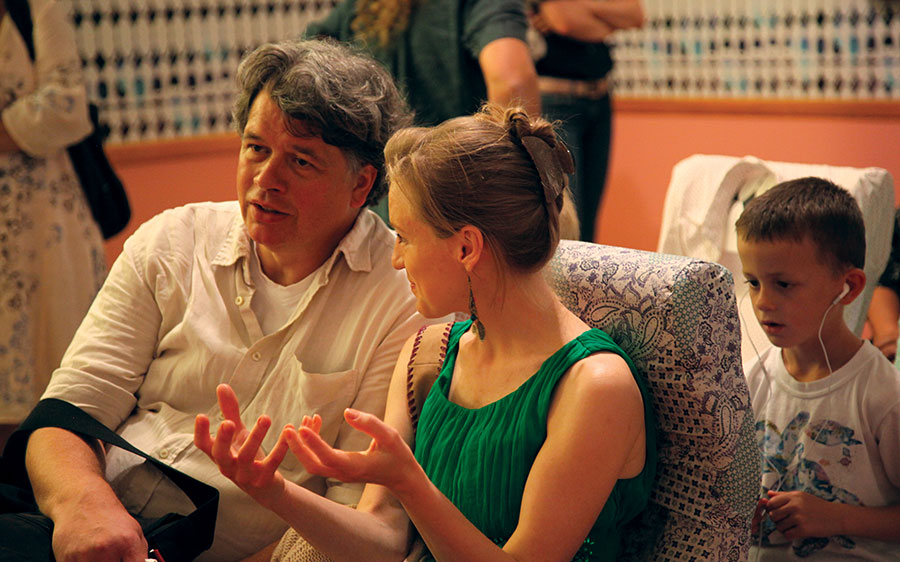
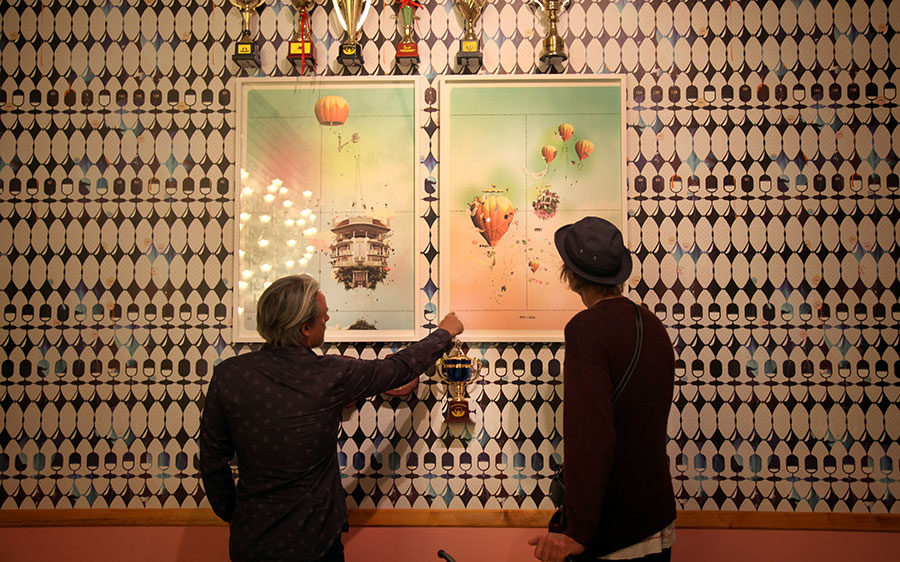
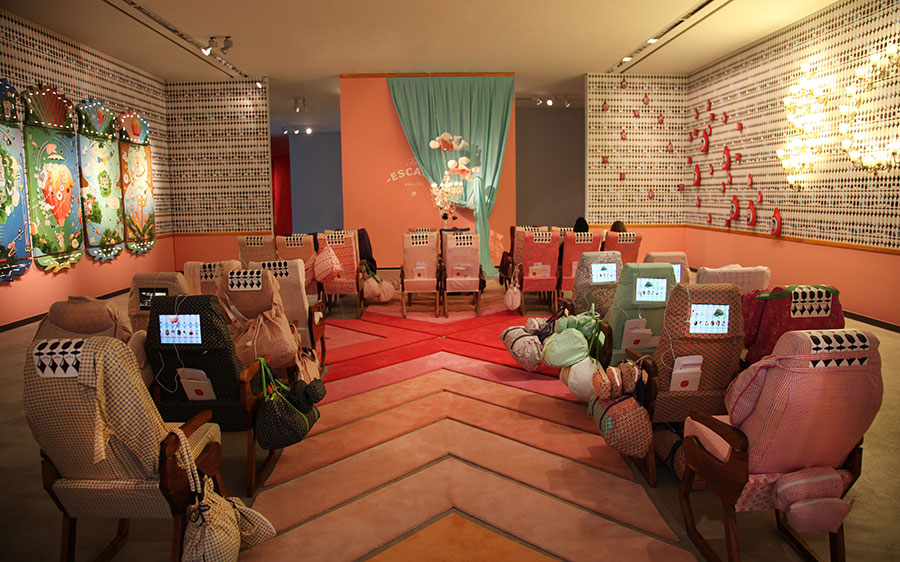
ESCAPE | 2012
Over the past decade India has made its mark as one of the most vital and innovative centres of contemporary art. With great creativity and intellectual depth a new generation of artists is reacting to the rapid changes typifying the globalized cities of the world’s largest democracy.
In the autumn of 2012 ARKEN is devoting its whole exhibition area to a comprehensive presentation of Indian contemporary art.
The artists in the exhibition lose themselves in the chaos of urban life or seek out a quieter, inner life. They describe the dreams of a new generation and expose social conflicts. With paintings, sculptures, photography, installations and interactive art the exhibition offers unique insight into the aesthetic spectrum within which artists today are interpreting our existence on the borderline between the local and the global.
INDIAN CONTEMPORARY ART is a wide-ranging presentation of the new art of India with a whole array of related activities such as lecture evenings, educational processes for children and the young, and a festival programme of Indian films at the Copenhagen Film Festival.
The project is associated with a research programme at ARKEN on contemporary art and migration, which will result in a conference and a book.
Related Links: www.arken.dk
About the installation:
For the exhibition “India: Art Now” at the Arken Museum of Modern Art, Thukral & Tagra (T&T) have taken inspiration from a number of sources. The visitor to their installation will find themselves inside of a stylized pinball machine, albeit one also resembling the inside of an airplane cabin with rows of seats. These seats are upholstered in tacky, mis-matched fabrics, typical of north Indian middle-class homes. On the backs of some seats are tablet screens providing the “in-flight entertainment”: a selected guide through the more outré examples of Punjabi pop and rap music hitting the airwaves in India today (most of which regurgitate American gangsta-rap models while reflecting both the desire to leave India and the nostalgia for home experienced once outside). The airplane seats also recall the lucrative market in fake visas and human smuggling so prevalent in the Punjab today. Yet, Thukral & Tagra have also domesticized the airplane cabin, referring to the schizophrenic lifestyle of increased international travel experienced by more and more Indians.
A suite of paintings based on the graphics of pinball machines line one wall, complete with flashing lights. Pinball is an antiquated entertainment, now replaced by video games and interactive computers, harking back to the days of a simpler, more naïve India. The graphics seem almost quaint, as if from a 19th Century carnival, when compared with the more garish and violent imagery of contemporary video games. As in other works (namely the series “Sominium Genero” which turned retro radio and television cabinets into satellites and space ships or the series “Dominus Aeris” which envisioned suburban homes as kitsch trophies), T&T tap into an appetite for both sentimentality and nostalgia so prevalent today within middle-class India. Carpeting on the floor in a large graphic sourced from Punjabi Phulkari embroideries further emphasizes this casino atmosphere.
Thukral and Tagra use pinball as a metaphor for the young, cosmopolitan Indians of today (like themselves): bounced around by the forces of globalization, moving between the traditions of family and religion and international influences. Flashing lights and a synthetic soundtrack heighten a feeling of anxiety, akin to the cliché “chaos” of the Indian street, while the installation also replicates the feeling of the five-star hotel, that traditional retreat from the “real India” into an international, ersatz space of cool, antiseptic cleanliness. Like the India of today, the installation taken as whole tries to be too many things all at once, over-loaded with information and basking in contradictions.